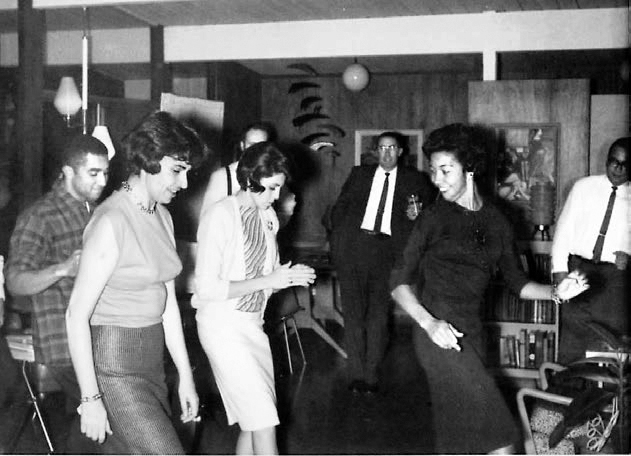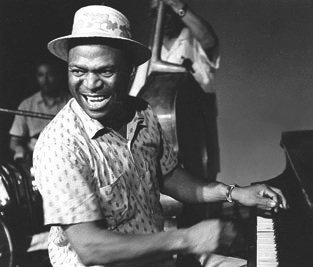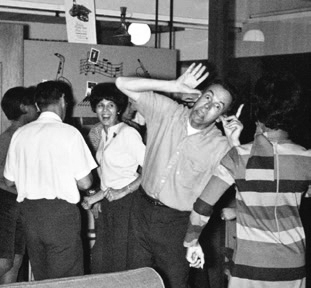If Glass Walls Could Talk - Page 4
Beboppin' at the Eichler Shindig
 |
|
|
My parents, Joe and Blossom Sveilich, would frequently hold cocktail parties at our family's Fairglen Eichler—the sort of gatherings that the 1960s were famous, or infamous, for.
There, everyone and everything was merry and bright in the spotlight of our integrated bohemian hub. Bossa nova, modern jazz, and early Beatles saturated the air while alcohol filled the lowball glassware.
As my brother and I would lean against the glass wall in the hallway and gaze through the atrium at the grown-ups—huddled in small groups, deep in political discussions and existential debates, jamming on their musical instruments, laughing too loud and too late—we felt like the lone adults looking in on a teenage party.
 |
My brother and I couldn't wait to grow up and be more childlike—more like our parents and their network of beboppin' friends.
Mom could play any and every jazz standard by ear. Partygoers, with their horns, stand-up basses, saxophones, and castanets, would join in. It was a regular hootenanny fueled by phenomenally talented musicians, Jim Beam whiskey, and Smirnoff vodka.
Even the father of modern jazz and piano, the great Earl 'Fatha' Hines, was in attendance.
Hines, a special family friend, often sat deep in conversation with my father at these gatherings. Since Dad was a lifelong lover of jazz, he and Hines had a lot of musical notes to compare. After all, Hines had a world-renowned keyboard technique, playing horn-like solo lines in octaves with his right hand and driving them with chords from his left.
 |
In the early to mid-'60s, Hines and his family lived in a sizable home in the Oakland Hills, where 'Fatha' too gave many legendary parties. But he especially enjoyed attending the swinging gatherings at our Eichler, as they were filled with wall-to-wall jazz lovers—and were fully integrated, much more so than parties in most other neighborhoods.
In the aftermath of those legendary evenings, there was much debris left behind on the party battlefield, and lots to clean up for Sunday morning.
Our Eichler shindigs were always the same, but different. They were always an event, always the place to be.
- « first
- ‹ previous
- 1
- 2
- 3
- 4




